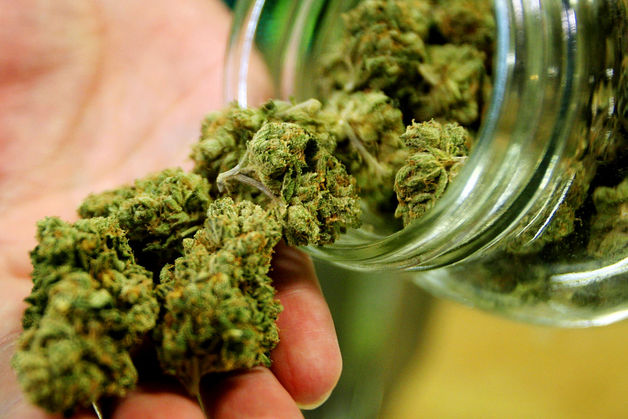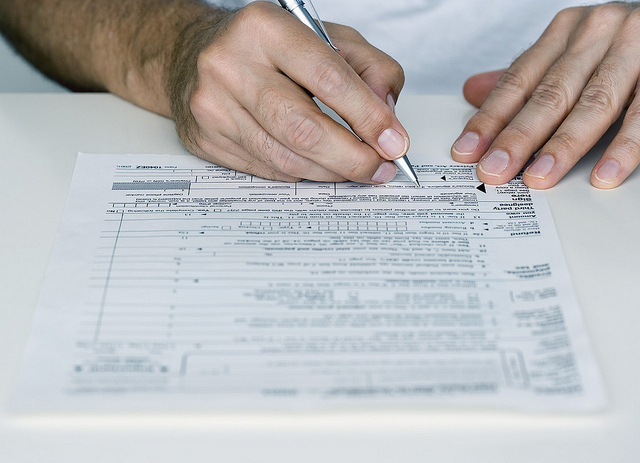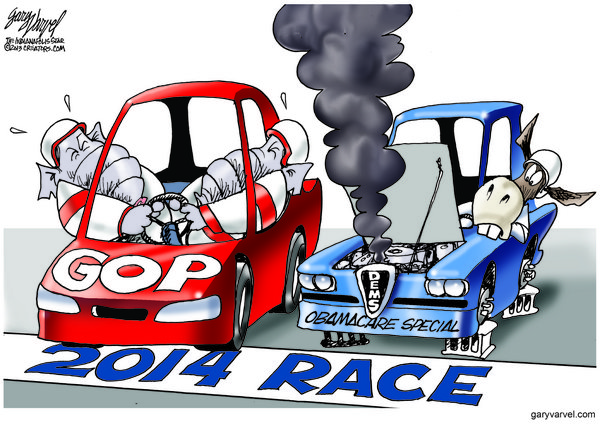10 Steps to Fix the US Budget
3. End the War on Drugs
Whether or not you find the War on Drugs to be a worthy expenditure, we must realize it has been a complete failure. Drug use hasn’t declined, despite trillions of increased funding towards policing and prisons. What we do have is an increasingly large segment of the population who, though they have never committed a violent crime, have a record with drug charges that will make it harder for them to gain employment and more likely to end up on welfare. So in addition to spending on enforcement, there is the loss tax revenue of the offenders and the additional state assistance costs to those who can’t find work. Decriminalizing drugs, even legalizing some, would have drastic economic effects. The savings of $41.3 Billion on enforcement ($15.6 Billion of which is incurred federally) doesn’t even take into account the tax revenue from sales of legalized drugs. An estimated $8.7 Billion in tax revenue would come from marijuana alone if it were legalized.
Annual Savings to US taxpayers: $41.3 Billion ($15.6 Billion federally)

4. Social Security Reform
The Social Security program has racked up nearly $23 trillion in unfunded liabilities. This is due to faulty pay-as-you-go structure and the extension of benefits to early retirees and the disabled. There is a huge financing gap approaching where the program will be paying out more than it is able to take in. To fix this and ensure that those Americans who have been paying into the program will see a return, reform is needed. Though it is a third rail political issue, the time is coming when we won’t be able to ignore it any longer. By using a better measure of inflation to determine benefits, slightly raising the retirement age over time, and privatizing parts of the program, we can assure it remains viable and save US taxpayers billions by the year 2050.
Annual Savings to US Taxpayers: It is hard to calculate savings against future spending, but the numbers would be substantial. Spending could be cut from 23% of GDP to 19.9% of GDP by the year 2050.







